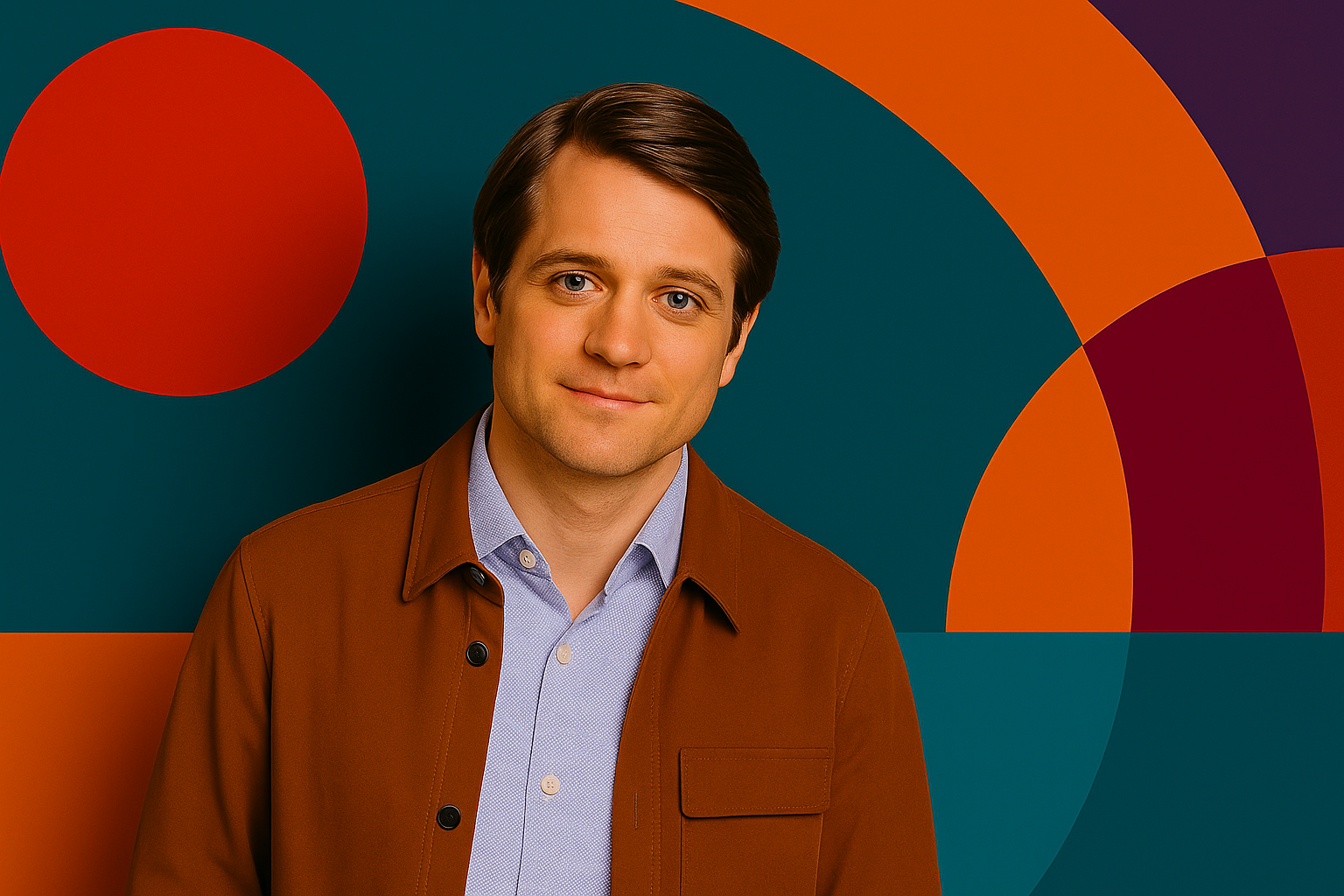Klarna’s Pendulum Swing from Automation to Human Touch
Klarna, valued at $6.7 billion in its most recent funding round, has built its reputation on frictionless payments and buy-now-pay-later innovations. But while competitors push toward increasingly sophisticated chatbots and automated service solutions, Klarna's strategic pivot toward human-centered service for VIP clients signals something deeper than a mere operational choice.
This move comes at a curious inflection point in fintech's evolution. As artificial intelligence makes strides in handling routine customer inquiries with increasing competence, Klarna's decision challenges the prevailing wisdom that automation is the inevitable endpoint for all customer interactions. Instead, it suggests a more nuanced future where technology and human touch coexist in strategic balance.
Why High-Touch Customer Service Is a Smart Bet in Fintech’s Automation Era
There's a delicate economic calculus behind Klarna's approach. Automation has always promised cost efficiencies—chatbots don't require health insurance or lunch breaks. Yet for high-value customers, the economics shift dramatically. A single premium client can represent revenues equivalent to hundreds or thousands of average users.
Customer acquisition costs continue to rise across fintech, which means retention is becoming the new growth strategy. For VIP clients, a five-minute conversation with a knowledgeable human might drive more lifetime value than any algorithm could generate.
This reframes customer service not as a cost center to be minimized, but as a strategic investment in relationship capital. While most companies still view automation as the default path to scalability, Klarna's approach suggests that judicious deployment of human resources might actually represent the more sophisticated financial strategy—particularly at the top of the customer pyramid.
Why Human Interaction Is Becoming a Luxury in Digital Finance
Beyond economics, Klarna's strategy taps into something more fundamental: the psychological premium placed on human interaction in an increasingly digital world.
As automated systems handle more of our daily transactions, genuine human-to-human service has become subtly recoded as luxury. We see this phenomenon across industries—from executive banking relationships to high-end retail experiences, where personal shoppers and dedicated account managers represent status as much as service.
There's a very real psychological value to being treated like a person rather than a ticket number. In financial services especially, where trust and discretion matter, the highest-wealth clients have always expected dedicated human attention. What's interesting is seeing this principle extend into digital-native financial platforms.
How Klarna Uses Human Service to Stand Out in Fintech
Klarna's approach also represents a savvy competitive positioning in an increasingly crowded fintech landscape. As payment solutions and financial apps proliferate, the fundamental challenge has shifted from technical capability to brand differentiation.
While most competitors focus innovation efforts on new features or expanded integrations, Klarna's human-centered service model creates differentiation along an entirely different axis. It signals to premium users that the company values their business enough to invest in relationship quality, not just transaction efficiency.
This creates what strategists call "meaningful separation"—a competitive advantage that's difficult for rivals to quickly replicate. AI capabilities can be licensed or developed relatively quickly, but building a team of skilled, emotionally intelligent service professionals takes time and organizational commitment.
Why the Future of Customer Service Is Human-AI Collaboration
Rather than representing a wholesale rejection of automation, Klarna's approach points toward a more sophisticated hybrid model. The vast majority of routine transactions and standard inquiries will likely remain automated, with human intervention reserved for complex issues, high-value relationships, and sensitive situations where emotional intelligence matters most.
We're moving from first-generation thinking about automation, where the goal was simply to replace humans, to second-generation thinking, where we design systems that augment and complement human capabilities.
This hybrid approach suggests a future where companies compete not on whether they use humans or AI, but on how intelligently they allocate each resource—creating service ecosystems where technology handles scale while humans provide depth. The winners will be those who master this balance rather than pursuing automation as an end in itself.
Is Human-Centered Service the Next Competitive Edge in an AI World?
As we watch Klarna's experiment unfold, the question becomes whether their approach represents an isolated case or the leading edge of a broader correction in how companies think about customer relationships. Will other fintech platforms follow suit? Will we see similar hybrid models emerge in adjacent sectors like insurance, healthcare, or enterprise software?
The answer likely depends not just on the economics, but on whether companies recognize the subtle shift in how consumers value human interaction in an increasingly automated world. As AI becomes ubiquitous, perhaps the most sophisticated business strategy isn't to eliminate the human element entirely, but to deploy it more purposefully—making genuine human connection not obsolete, but elevated.
